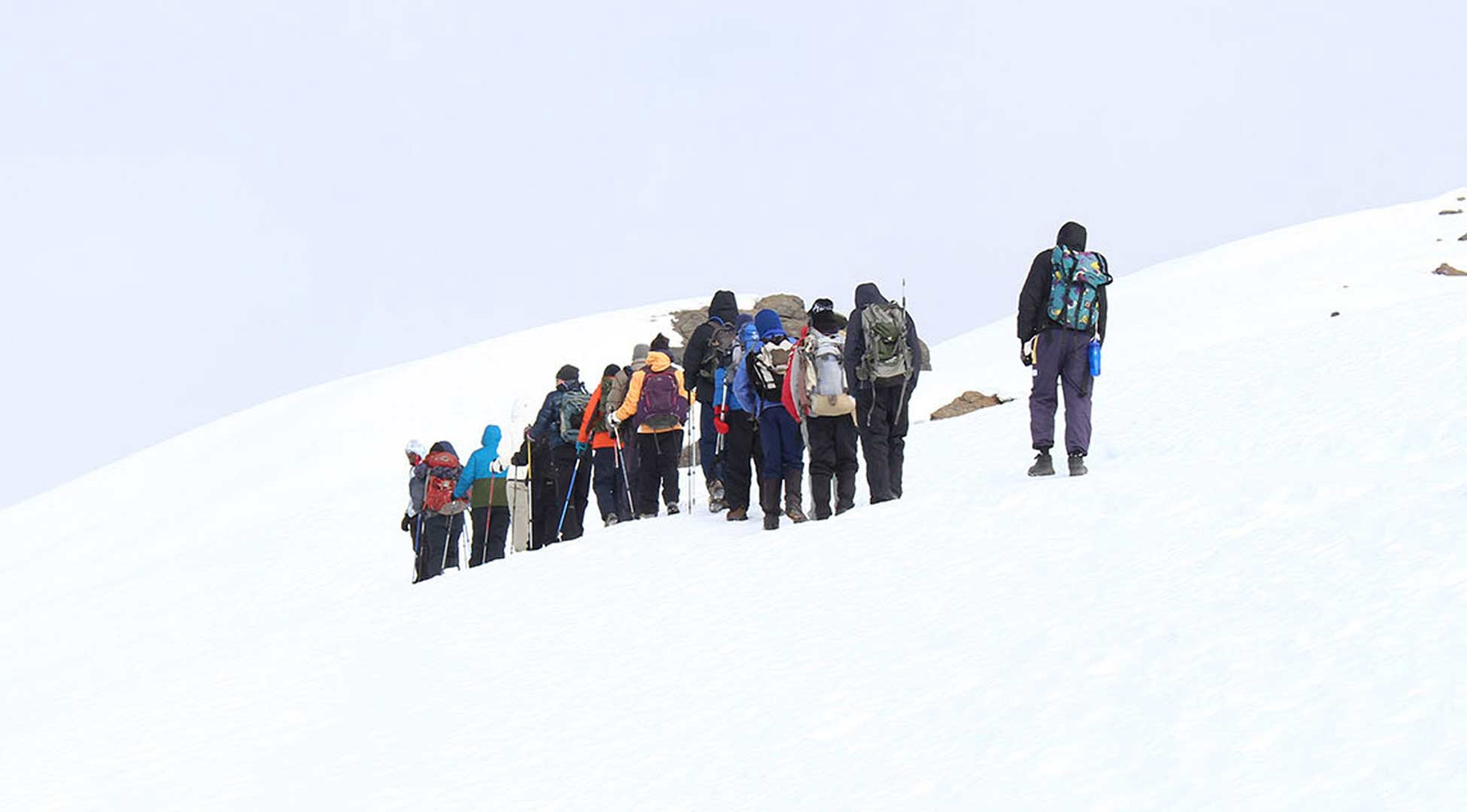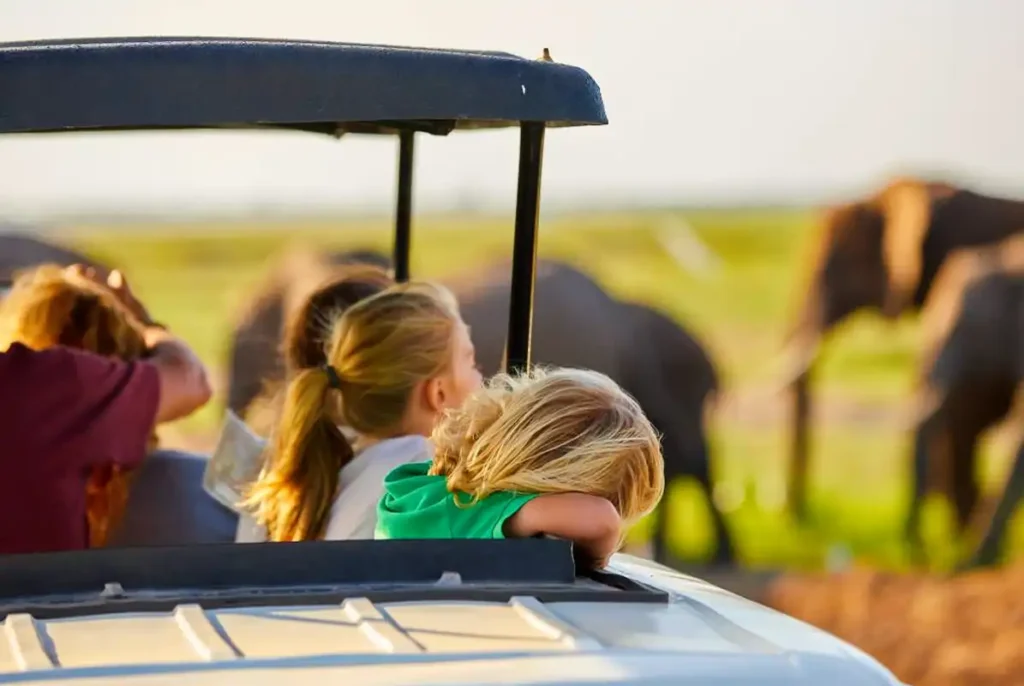What Gear do I Need to Bring?
Packing for Kilimanjaro can be confusing, not least because so much information exists on the internet! This may be a new experience for you and the weather and varied climate zones don’t help when you’re trying to decide what to bring.
With that in mind, we’ve prepared a comprehensive equipment checklist and guidance notes which we will automatically send when you enquire with info@kipeadventure.com.
Top Tips for Packing
- Reduce costs by hiring kits through us, or borrowing from friends or family. Hiring a high-quality piece of equipment is usually better than purchasing a cheap version.
- You will need two bags. One duffel bag for your porter to carry and the other a backpack for you to carry during the day.
- The porter bag should be soft as they usually carry these on their heads. A duffel bag or rucksack would be fine.
- Porters can strictly only carry 15kg of kit for you, including the weight of the bag. This is enough for the mountain but you will need to be disciplined.
- Any additional luggage you need in Tanzania, but not on the mountain, can be left in storage at your accommodation.
- Travel wearing a set of trekking clothes and your walking boots, or carrying them in your hand luggage on the flight, along with rain gear, sunscreen, and any medication. Luggage can get delayed but you’ll still be able to start your trek.
- Temperatures fluctuate enormously from day to night and between the bottom of the mountain and the summit. Lots of clothing layers are key.
- Cotton is not appropriate. Cheap, moisture-wicking trekking clothing is easily available in sports and outdoor shops. Merino wool or synthetic fabrics work well.
- Plan to experience temperatures ranging from -15°C to 35°C – do not underestimate the conditions.
- Pack multiple sizes of stuff sacks, lightweight dry bags or large refuse bags for keeping your bag organized, ensuring clothing and your sleeping bag stay dry, and enabling you to separate dirty items from clean.
- Bring good quality waterproof jacket and trousers for wet conditions and waterproof covers for your bags.
- Make sure you wear and test your kit before arrival, particularly your hiking boots.
- Disposable plastic bottles are not permitted in the National Park. We recommend bringing a combination of reusable water bottles and a hydration pack/bladder.
- Sun hat, sun cream, sunglasses, and SPF lip protection are essential. The sun is strong up there, even on very cloudy days.
- Antibacterial gel and wipes are very important for protecting against traveler’s diarrhea and other bugs.
- Snacks are essential for summit night as you will walk for many hours between meals.
- Don’t forget batteries for your headtorch!



